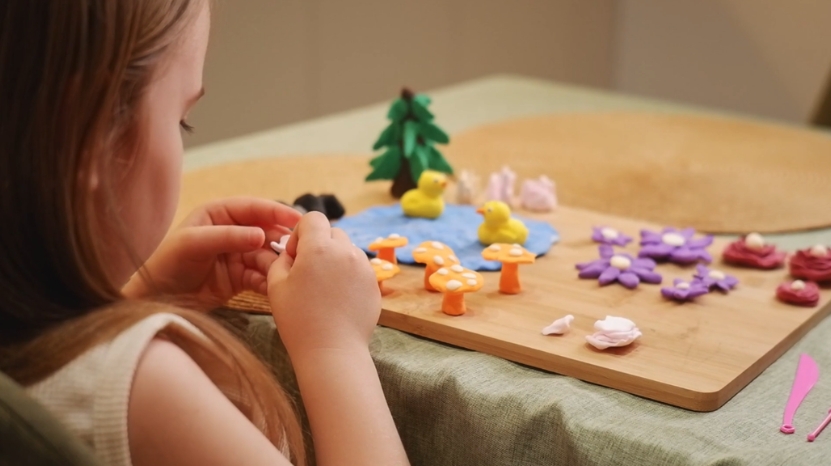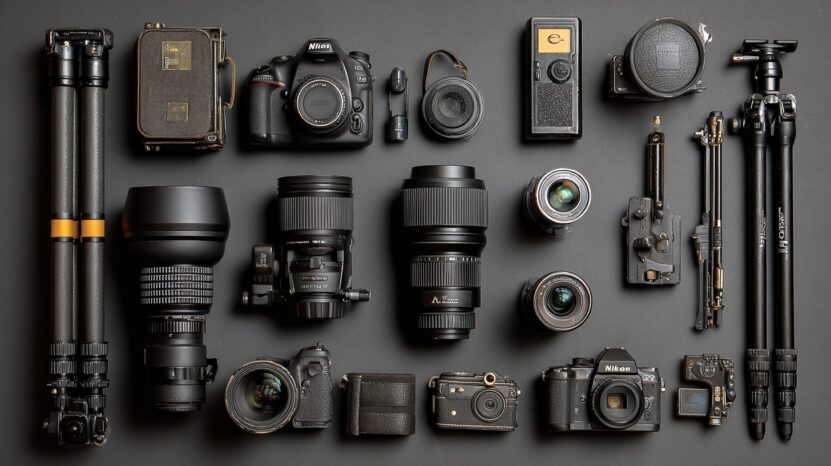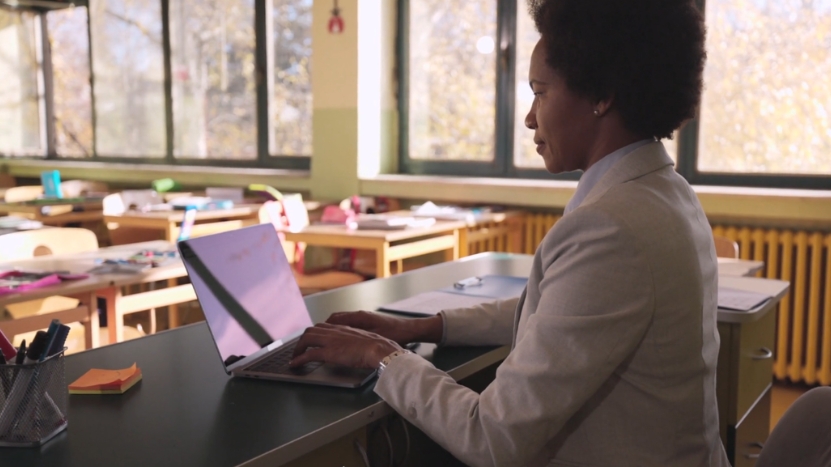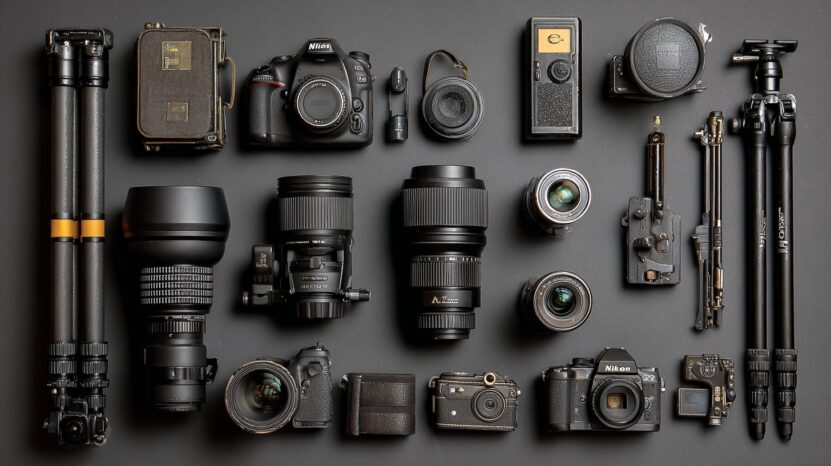
Share Post:
No, you do not need a formal degree to become a graphic designer. Many successful designers today are self-taught or come from non-design backgrounds.
What matters is your portfolio, practical skills, and ability to solve visual problems for clients or employers.
A degree can help, especially for networking and structured learning, but it is not required to enter the field or get hired.
Table of Contents
ToggleWhat Employers Want in Graphic Designers

In the past, having a degree might have been a minimum requirement for many design jobs. Today, that is no longer the case.
Creative industries have shifted toward valuing output over credentials. When hiring, most companies and clients care more about what you can do than how you learned it.
Skill or Asset
Is It More Important Than a Degree?
Why It Matters
Portfolio with real projects
Yes
Shows proof of work and creative thinking
Understanding of design software
Yes
Critical for handling day-to-day tasks
Problem-solving and communication
Yes
Key for working with clients and teams
Degree in design or related field
Sometimes
Helpful but not essential
Work experience or internships
Yes
Often seen as more valuable than classes
If you can build a portfolio that shows your range, creativity, and technical ability, then whether or not you went to design school will become a side note.
Paths to Becoming a Graphic Designer Without a Degree
There are many ways to learn graphic design outside of a university setting. Many successful freelancers, content creators, and even agency designers started with no formal education in the field.
They built their skills online, practiced regularly, and created a portfolio by doing work for small clients or personal projects.
1. Online Courses and Bootcamps
Platforms like Coursera, Skillshare, and Udemy offer structured courses that cover everything from design fundamentals to branding and web design. Some programs even come with mentorship or community access so you can get feedback on your work.
2. YouTube and Free Tutorials
Graphic design tutorials on YouTube are an underrated but powerful resource. Channels like The Futur, Will Paterson, and Yes I’m a Designer provide hours of free content on typography, logo design, layout, and freelancing.
3. Practice Through Real Projects
You do not need clients right away. Create your branding project, redesign a website you like, or volunteer to do posters for a local community group. These projects become portfolio pieces that demonstrate initiative and ability.
4. Join Design Communities
Reddit threads like r/graphic_design, Slack communities, Discord servers, and LinkedIn groups give you a way to ask questions, get feedback, and stay updated with industry trends.
A Day in the Life of a Graphic Designer
Whether you have a degree or not, your actual workday will look pretty much the same. You will spend time brainstorming concepts, editing images, adjusting layouts, and talking with clients or colleagues. Tools like Adobe Photoshop, Illustrator, InDesign, and increasingly Figma and Canva are essential to get your work done efficiently.
One common task is resizing images for different platforms. Whether you are preparing graphics for Instagram, LinkedIn banners, or web headers, dimensions matter. You do not need a fancy tool to do this. A simple image resizer can get the job done quickly without lowering quality.
Resizing images is one of those routine but crucial tasks that reveal whether a designer understands digital formats, consistency, and responsiveness. Being able to crop, resize, and optimize images for different formats shows attention to detail and technical know-how.
What If You Do Choose a Degree?

Getting a degree in graphic design or visual communication can still offer value, especially if you want to build your skills in a structured environment and get access to internships.
Universities also provide long-term networking opportunities and sometimes even job pipelines through alumni networks.
But here is the catch: a degree can cost tens of thousands, and not every program is created equal. You should look for courses that prioritize hands-on projects, mentorship, and software training over purely theoretical learning.
Benefits of Design School
How It Helps
Structured Curriculum
Gives a solid foundation in theory and process
Studio Access and Mentors
Immediate feedback helps accelerate progress
Internship Opportunities
Easier entry into the industry for beginners
Alumni Network
Helpful for job referrals and support
Degree Credential
Sometimes required for agency or teaching jobs
A degree might be the right choice if you learn best in a classroom and want formal recognition. But if you are more independent or budget-conscious, it is not your only path.
What Hiring Managers Say About Degrees in Design
In interviews with hiring managers across creative agencies and tech companies, one consistent message stands out: they want someone who can deliver results. A flashy degree with no skills is less useful than a self-taught designer who can understand a brief, deliver a clean logo, and revise it based on feedback.
If you are applying for jobs, your resume should list your tools, past work, and a link to a portfolio. Employers want to see the process behind your work. Include mockups, iterations, and descriptions of your design choices.
What Matters Most in Hiring
Why It Matters
Strong Portfolio
Shows practical, visual problem-solving
Familiarity with Tools
Reduces training time on the job
Willingness to Learn
Industry trends change fast
Communication Skills
Needed for teamwork and client interaction
Degree Credential
Useful only in academic or large agency roles
Can You Be a Freelance Graphic Designer Without a Degree?
@luisasfiles Introducing “How to Become a Graphic Designer 101 (without a degree)” my new series I’ll be posting on YouTube!!! My introduction to long form videos, I’ve been having so many questions about how can someone become a graphic designer, where to find inspo, what to include in a portfolio, so I decided to just do a WHOLE series where I’ll go over all of these! I hope you enjoy it <3 #graphicdesign #graphicdesigntutorials #graphicdesigner #designeryoutube #youtuber #dayinthelife #designtutorials #portfoliodiy #portfoliodesign ♬ original sound – LUÍSA
Absolutely yes. Many freelancers start without formal training. Many clients care more about your proposal, creativity, and responsiveness than your academic background.
Platforms like Fiverr, Upwork, and Behance give self-taught designers a space to showcase and sell their skills.
If you are starting, you can offer discounted or free designs to build your reputation. With each project, document your process and outcomes to strengthen your portfolio. Over time, client referrals will start rolling in.
Final Thoughts
You do not need a degree to become a graphic designer. What you do need is skill, creativity, discipline, and the ability to communicate visually.
A degree might make some things easier, especially in traditional corporate environments, but it is no longer a gatekeeper. If you build a strong portfolio, stay curious, and keep practicing, you can succeed in design with or without a diploma.
Graphic design is about solving problems through visuals. Whether you learn in a classroom or online, whether you have a degree or just a drive to create, your work speaks louder than any title.
Related Posts:
- Is That School Information Legit? Why You Need to Be…
- How to Become a Welder - A Step-by-Step Guide
- Discrete and Continuous Data - Everything You Need to Know
- How Do Career Changers Benefit From Accelerated…
- 10 Benefits of Integrating Technology into Education…
- The Truth About Online University Programs - Can You…











